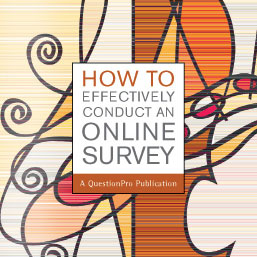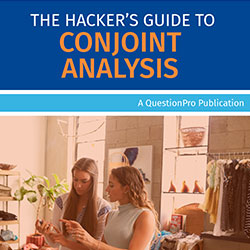Measuring and aligning culture patterns with success - QuestionPro Case Study
Overview
The Field Museum is located on Chicago’s Lake Michigan shore and was opened to the public in 1921. The museum aims to take its visitors on a journey across time that will help build and enable solutions that power a brighter future, rich in culture and nature.
Since its opening in 1894, the museum’s collection has grown to about forty million specimens and artifacts. There are more than 150 scientists with Field Museum that travel across the globe in search of answers to what was life like thousands and millions of years ago.
Target
- Measure the culture as it truly is
- Illuminate the important culture patterns
Challenges
- Align the culture patterns with success
- Make targeted changes in the areas that will have the biggest impact
- Continue to measure progress and impact
Outcomes
We ran the WorkXO culture assessment with everyone on the museum’s staff and got more than 300 complete responses. With it, organizations uncover striking workplace analytics with our cloud-based culture survey and reporting platform. It all starts by assessing how your culture is evolving from the traditional workplace to the future workplace.
Overall, their people were experiencing the culture as more traditionalist than futurist, though that was not particularly surprising to them. Their scores were more contemporary in areas like growth and inclusion, but were more conventional around things like agility and transparency.
The real insights, however, came when they dug deeper into the data. For example, their data indicated a very traditional approach to organizational structure—they had rigid silos, dated people processes, etc. The data also indicated that they were not very proactive in sharing information across those boundaries.
As they worked through their analysis, they realized that the silo part wasn’t really a problem—it actually makes sense in a museum of natural history to have distinct lines between areas of research, or between the researchers and other functions. Those lines are not crossed in order to protect the work being done in each area. But there wasn’t really a good justification for the lack of communication across the silos. The researchers could certainly stand to benefit from insights coming out of other fields, and the non-research staff would probably have experienced more connection to their work if they were aware of some of the research breakthroughs going on in the building.
That is why two of the six priorities they identified for their culture change action planning focused on communication and collaboration. The team wrote up 41 individual action items that they felt would move the needle in those two areas alone, and they made sure to cover a broad range in terms of level of effort and impact. We advise our clients to maintain that mix, as it contributes to the sustainability of the change effort. They had some “quick wins,” like brown bag lunches to share what you’re doing with other departments, as well as some “big ideas,” like rolling out a new intranet system and internal online community to enable better collaboration.
Project Steps
- Briefing from Field Museum
- Survey design through QuestionPro
- Survey creation and translation for different audiences by QuestionPro
- Survey goes live in the panel and permanent control of Field Museum
- Data cleansing
- Creation of a report for Field Museum
QuestionPro solves the challenges of agile market research
QuestionPro's market research platform, with its easy-to-learn, high-performance, powerful, and technologically advanced tools, enables companies to conduct agile market research themselves. With QuestionPro, you can quickly and easily set up market research projects and automate market research processes as much as possible. Furthermore, our project teams offer you many years of experience from countless market research projects as a full service.
Download PDF to read more
Survey Software Easy to use and accessible for everyone. Design, send and analyze online surveys.
Research Suite A suite of enterprise-grade research tools for market research professionals.
Customer Experience Experiences change the world. Deliver the best with our CX management software.
Employee Experience Create the best employee experience and act on real-time data from end to end.







